 |
||||
|
|||||||
 |
|
| We have looked at the characteristics and circumstances involved in wrong-way accidents. We must both prevent these accidents and minimize
the harm when they do occur. The following three measures are designed to do this. (1) Enhance driver awareness of DUI violations We need to be aware that approximately 15% of the drivers who have caused these accidents have been driving under the influence (DUI) of alcohol. It is essential to make drivers more awareness of the seriousness of DUI by carrying out thorough education and guidance on safe driving and improve our measures to control drunk driving. (2) Educate senior citizen drivers about using the highway Most senior citizen drivers involved in these accidents have caused them by not understanding how to use highways or because of some physical illness such as dementia. Senior citizen drivers should be informed about the proper use highways at driving training schools and driver safety lectures when drivers licenses are renewed. It is also necessary to prevent senior citizens from driving who are not suited to safe driving due to some physical illness. (3) Strengthen measures to prevent driver error At service areas and parking areas, drivers who are drowsy, careless, or absent-minded may drive in a reckless way, mistake the entrance and exit, and cause a wrong-way accident. It is necessary to design measures to make drivers become aware, as soon as possible, that they are going in the wrong direction. |
|
 |
|
| On the highway, the following types of measures are being carried out in order to prevent wrong-way accidents. Specifically, improvements to directional signposts, no entry signs and lane markings are being made at services areas or parking areas to help prevent accidents caused by being drowsy, careless or absent-minded and becoming confused about directions in a huge parking lot. |
|
| 1) Main road directional signposts | |
Conventional reflecting signposts 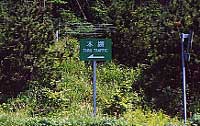 |
Large, interiorly-illuminated signposts 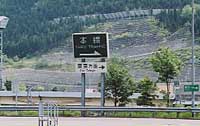 Nighttime visibility is improved with the use of lights. |
| 2) No entry signposts | |
Conventional signposts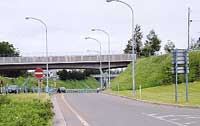 |
Large gate-type signposts and additional signposts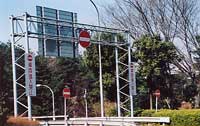 Driver caution can be encouraged through the use of additional signposts and larger signposts. |
| 3) Improved lane markings | |
Additional lane markings leading to the main road 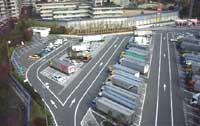 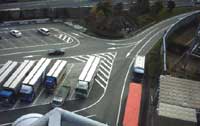 Smooth guidance to the main road can be achieved through the use of additional lane markings leading to the main road. |
|
| UP | |
Institute for Traffic Accident Research and Data Analysis (ITARDA) |